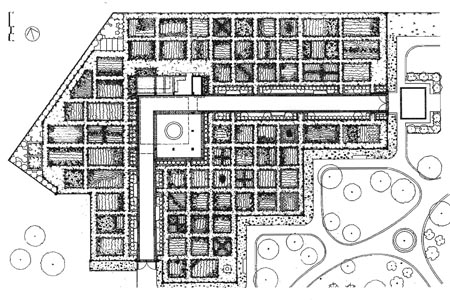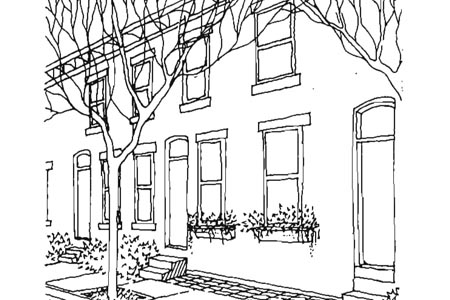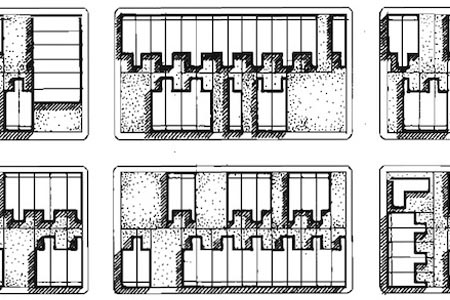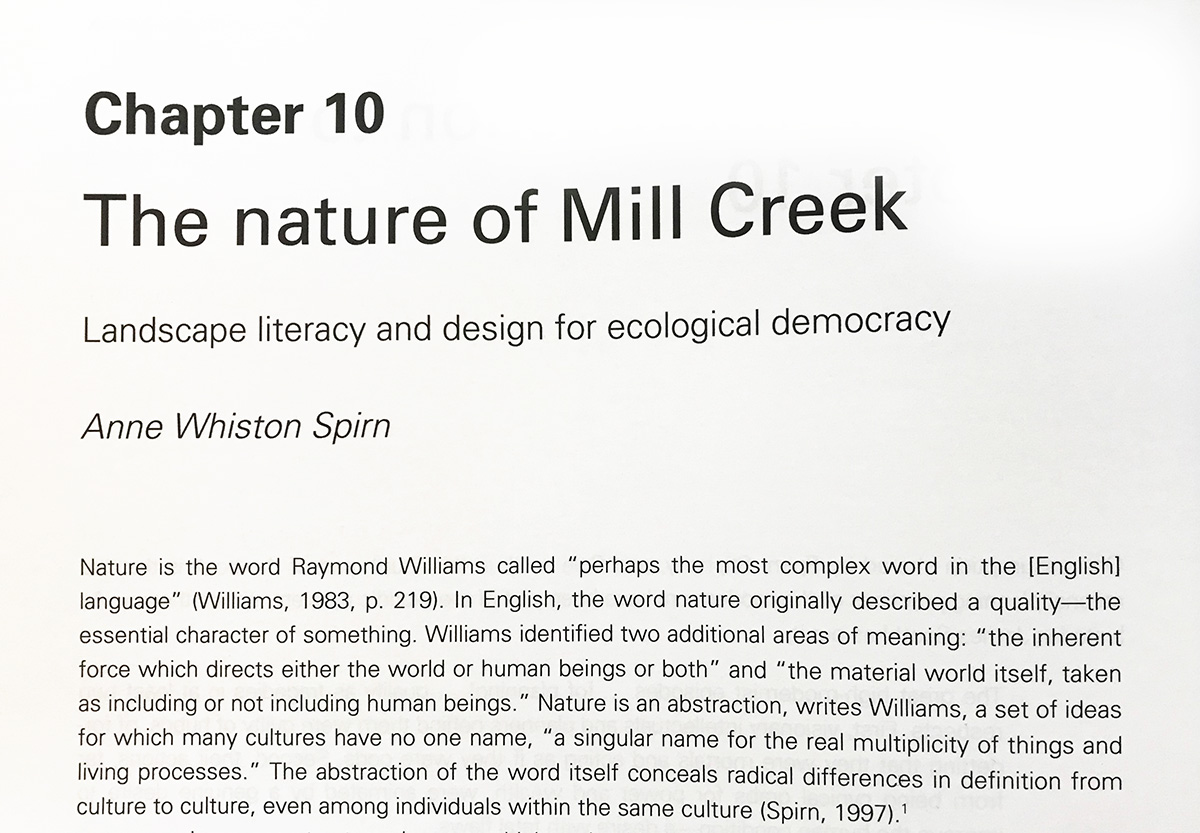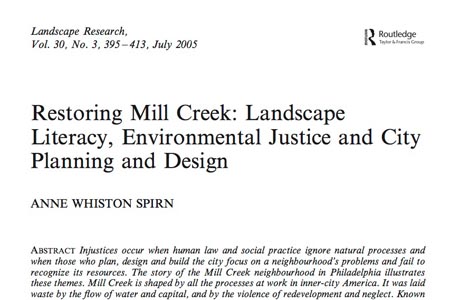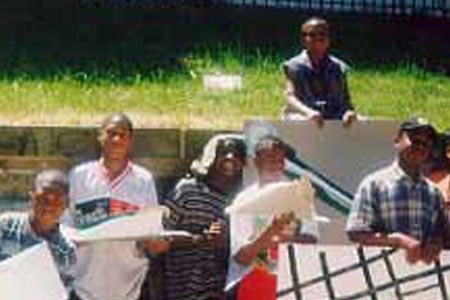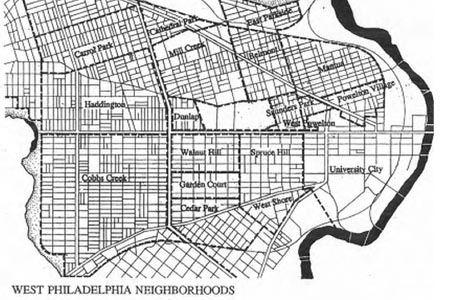
A Framework for Action outlines a set of strategies for landscape improvements and establishes a framework for the diverse groups who shape West Philadelphia -- individuals, local organizations, corporations, and public agencies -- to work within.
The scope of the plan is more comprehensive than what are commonly known as “greening” projects, for the landscape of West Philadelphia is more than parks, gardens, and street trees; it includes the streets, sidewalks, and public utilities which structure the city, as well as playgrounds, parking lots, plazas, private yards, and vacant lots that fit within the larger framework. Major transportation and stream corridors provide a neighborhood-wide structure serving the needs of local residents and the larger region, a framework within smaller projects may be tailored to suit the people who make them happen.
